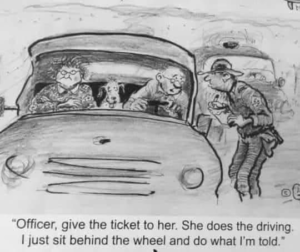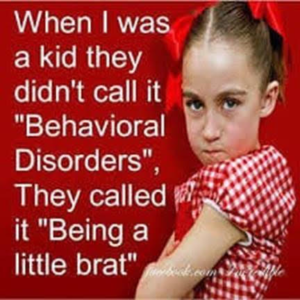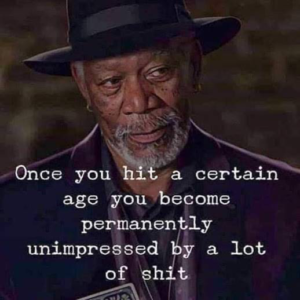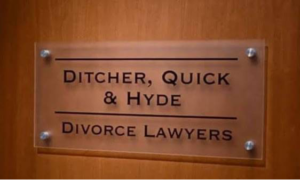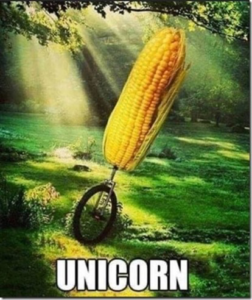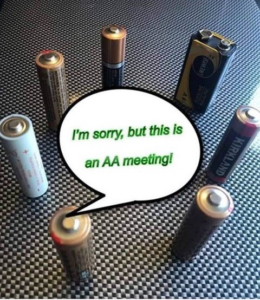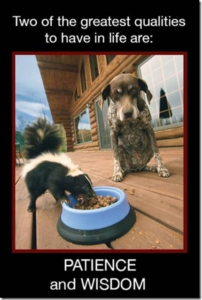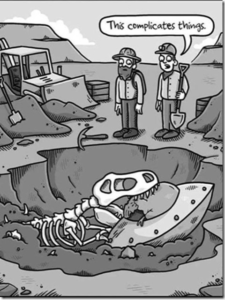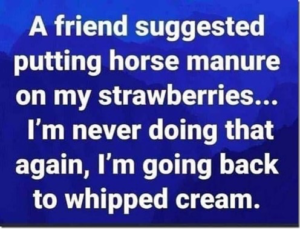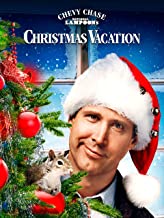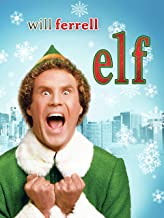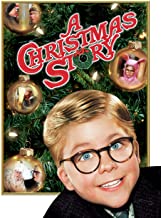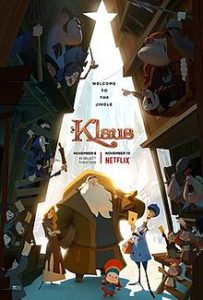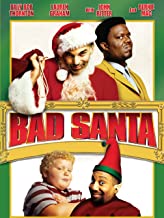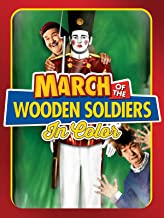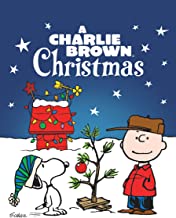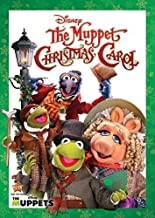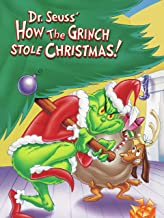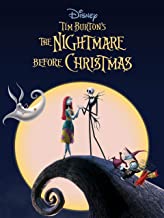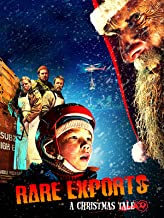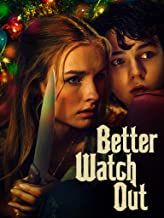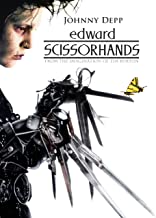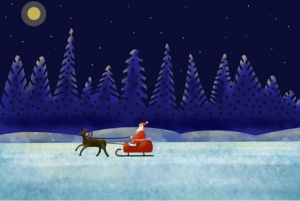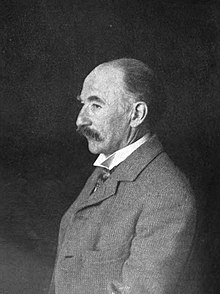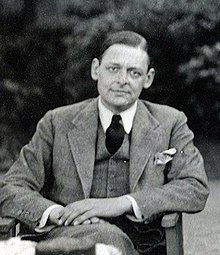Making New Year’s Resolutions: Is There Any Point?
It’s fashionable these days to discount New Year’s resolutions as artificial and ineffective. “I don’t believe in New Year’s resolutions,” one well-known guru and friend of mine wrote this time last year. “It’s a silly American trend. There’s no evidence that it works.”
It’s hardly a trend. Or American. People have been making New Year’s resolutions for at least 2,000 years. The Romans celebrated the new year by making promises to the god Janus, for whom January is named.
And in medieval times, knights took the “peacock vow” at the turn of the year to re-affirm their commitment to chivalry.
A hundred years ago, according to one study, about 25% of Americans made New Year’s resolutions. Surprisingly, that number has increased since then. Today, depending on what source you rely on, the percentage is between 40% and 50%.
So, a good many people do it. But does it work?
A common criticism of this practice, which my friend cited, is that most resolutions are not kept.
For example: A 2007 study by the University of Bristol involving 3,000 people showed that 88% of those who set New Year’s resolutions failed, despite the fact that 52% of the study’s participants were confident of success at the beginning. Men achieved their goal 22% more often when they engaged in goal setting, wherein resolutions are made in terms of small and measurable goals (e.g., “lose a pound a week” rather than “lose weight”).
And: In a 2014 report, 35% of participants who failed to keep their New Year’s Resolutions admitted they had unrealistic goals, 33% did not keep track of their progress, and 23% forgot about them. About 1 in 10 claimed they made too many resolutions.
From 2000 until 2010, I wrote a blog on self-improvement called Early to Rise. During that time, I read dozens of books, interviewed dozens of experts, and wrote hundreds of essays on setting and accomplishing goals.
In 2011, I wrote a book (under my “Michael Masterson” penname) titled The Pledge: Your Master Plan for an Abundant Life.
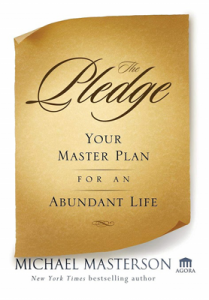
The Pledge presented, in detail, all of the most important self-improvement discoveries I’d made during those 10 years. It contained, along with detailed protocols, an actual pledge that readers could sign, committing themselves to achieving their self-improvement goals.
The initial response to that book was very positive. We received hundreds of positive reviews as well as hundreds of actual pledges that were mailed into the office.
I had no way of tracking the success of those hundreds that made the pledge. But encouraged by the response, I ran a personal workshop with about a dozen friends and colleagues. They seemed to like it. But how many made significant personal changes? One did for sure. Maybe two.
A Disappointing Truth
There are many reasons why people fail to accomplish the goals they set. Some are perfectly understandable. Some are incomprehensible. Some are inexcusable. But I’ve decided that reasons don’t matter. The fact is that most people, most of the time, do not change.
It’s Pareto’s Law again. In any self-improvement endeavor, only 20% of those participating are able to achieve any meaningful results. And there is no theory or system that works better than 20%.
I’ve come to believe that this is true not only for such simple things as what time we wake up in the morning or whether and how we prepare for a meeting, but for the kind of things – such as how hard we work – that can truly change our lives.
Does my view seem depressing? Does it feel like I’ve given up?
I don’t look at it that way. My new perspective – that 80% of people will never improve themselves – is actually liberating and inspiring. It relieves me of the Sisyphean task of trying to motivate the 80%. It allows me to spend my coaching and teaching time exclusively on the 20% that are capable of change.
What does this mean for you?
Does it mean that if you have never been able to improve yourself in any significant way, you can never be among the 20%?
Probably. If you’ve spent decades reading books, taking courses, and being coached on self-improvement, but without success, you are almost certainly among the 80% that will never change. If that’s you, don’t despair. The world doesn’t need you to succeed. It will get on quite nicely without you.
The only reason for you to even want to improve is to do it for yourself (and maybe those that depend on you). But the world? The world could care less.
On the other hand, there is a small – a very small – percentage of people that improve themselves late in life. I don’t know what that percentage is. Perhaps it’s 4% (20% of the 20%). That could be you.
If it is you, you will definitely benefit from reading The Pledge. Or, if you want to get started right now (a positive sign), start with the following excerpt from The Plague – a simple but very powerful protocol:
The most important lesson I learned came from The Seven Habits of Highly Effective People by Stephen Covey. In that book, Covey presents a technique for prioritizing that impressed me greatly and soon became a central part of my planning process.
Divide your tasks, Covey says, into four categories:
-
-
- Not important and not urgent.
- Not important but urgent.
- Important and urgent.
- Important but not urgent.
-
In the “not important and not urgent” category, you would include such things as:
* Catching up on office gossip.
* Shopping online for personal items.
* Answering unimportant phone calls.
* Responding to unimportant emails.
In the “not important but urgent” category, you would include:
* Returning phone calls from pesky salespeople.
* Making last-minute preparations for an office party.
* Attending a required meeting that doesn’t help your career.
* Planning for a meeting that doesn’t matter.
In the “important and urgent” category, you might list:
* Making last-minute preparations for an important meeting with the boss.
* Making last-minute sales calls to key clients.
* Solving unexpected problems.
And, finally, in the “important but not urgent” category, you might include:
* Learning how to write better.
* Learning how to speak better.
* Learning how to think better.
* Working on your novel.
* Getting down to a healthy weight.
When you break up tasks into these four categories, it’s easy to see that you should give no priority at all to “not important and not urgent” tasks. In fact, these tasks should not be done at all. They are a waste of time. Yet many people spend lots of time on them, because they tend to be easy to do and sometimes enjoyable in a mindless sort of way. Or they are afraid to get to work on important tasks, because they are afraid of failure.
Even worse than spending time on tasks that are not important and not urgent is spending time on those that are not important but urgent. They should have been dealt with long before they reached the crisis stage.
If you discover that you are spending a lot of time on unimportant tasks, you’ve got a serious problem. Unless you change your ways, you’re unlikely to achieve any of your important goals.
So which tasks should you give priority to?
In Seven Habits, Covey says that most people think they should give priority to important and urgent tasks. But this is a mistake. “It’s like pounding surf,” he says. “A huge problem comes and knocks you down and slams you to the ground.” You are “literally beat up by problems all day every day.”
All urgent tasks – both unimportant and important – are problematic: They are urgent because you’ve neglected something or because they are important to other people (like your boss). In either case, you need to find a way to keep most of them from winding up on your daily to-do list. This means making some changes in your work habits – usually a combination of being more efficient and delegating more chores.
Urgent tasks will burn you out. And turn you into an unhappy workaholic. If you want transformation in your life, you have to give priority to the important but not urgent tasks – because those are the ones that will help you achieve your major, long-term goals.
It’s not easy.
The important but not urgent tasks whisper, while the urgent tasks shout. But there is a way to get that critical but quiet stuff done in four simple steps:
Step 1. When planning your day, divide your tasks into Covey’s four categories: not important and not urgent, not important but urgent, important and urgent, and important but not urgent.
Step 2. You will, of course, have to do all the urgent tasks – at least until you get better at taking charge of your schedule. And you will have to find a way to get rid of the tasks that are not important and not urgent. But make sure you include one important but not urgent task that, when completed, will move you closer to one of your long-term goals.
Step 3. Highlight that important but not urgent task on your to-do list. Make it your number one priority for the day.
Step 4. Do that task first – before you do anything else.
Initially, you will find it difficult to do an important but not urgent task first. There are reasons for that.
* Since it is not urgent, you don’t feel like it’s important. But it is.
* Since it supports a goal you’ve been putting off, you are in the habit of neglecting it.
* You are in the habit of neglecting it because you don’t think it’s important and because you might be afraid of doing it.
* You might be afraid of doing it because you know, deep down inside, that it will change your life. And change, even good change, is scary.
But once you start using this little four-step technique, you’ll notice something right away.
The first thing you’ll notice is how good you feel. Accomplishing something you’ve been putting off is energizing. It will erase some doubts you have about yourself – doubts caused by years of “never getting to” your long-term goals.
That extra energy and confidence will grow, and will fuel you throughout the day. This will make it easier for you to accomplish other important but not urgent tasks.
As the days go by, you will realize that you are making measurable progress toward your neglected goals. In just a few weeks, you will be amazed at how much you’ve already done. And in 52 weeks – a short year from now – you will be a brand-new, much more productive person.
That year is going to pass by anyway. You are going to spend the time somehow. Why not do it by taking charge of your schedule? Why not spend that time on yourself – on what’s really important to you?
 MarkFord
MarkFord
